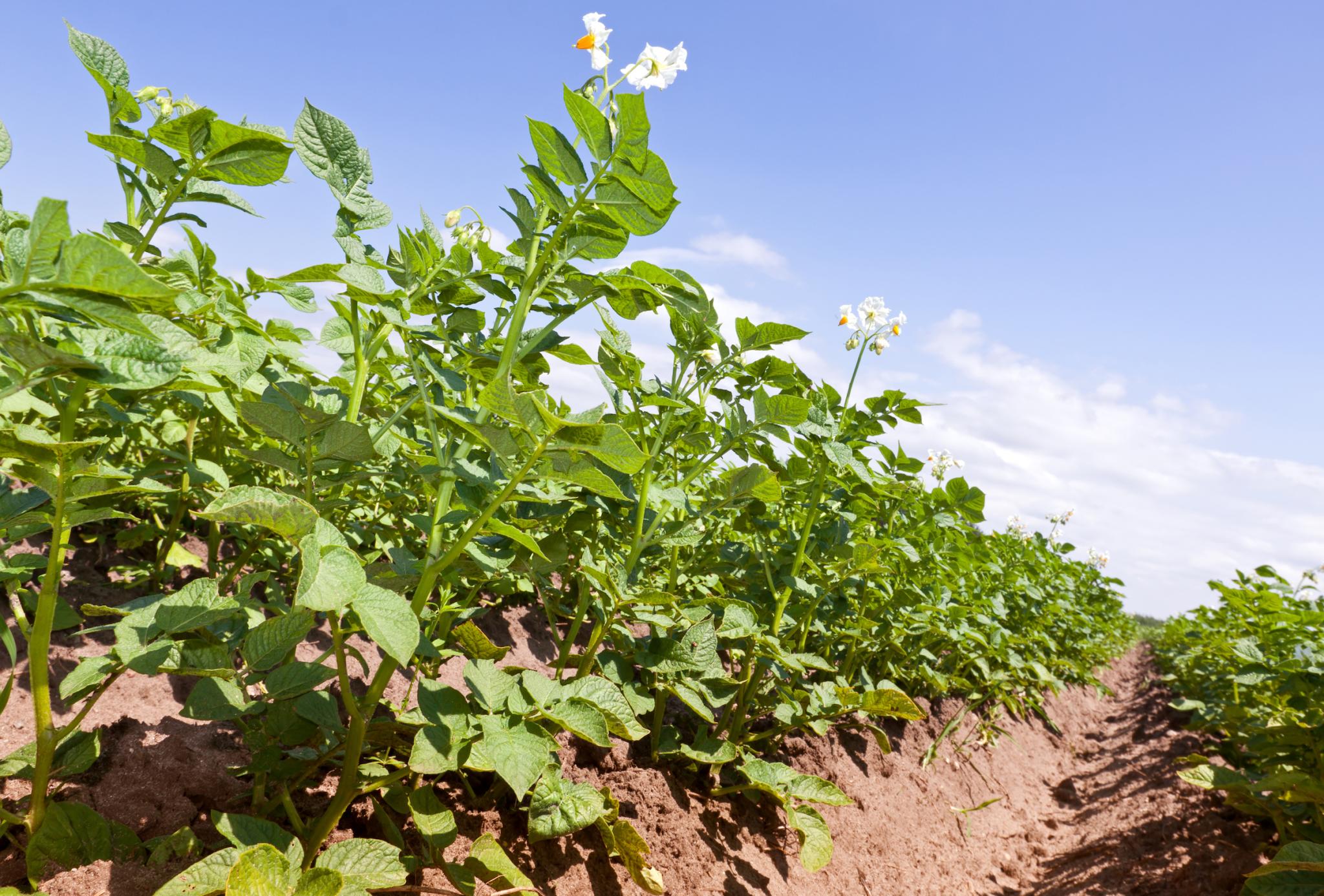Are you ready to dive into the world of potato planting? Look no further! In this seasonal guide, we will walk you through the best times to plant potatoes and how to maximize your harvest. Whether you’re a seasoned gardener or just starting out, understanding the potato planting seasons is essential.
By considering various factors such as climate and desired crop yields, you can make informed decisions about when to plant. Spring planting is perfect for those seeking an early crop, while summer planting can help you achieve maximum yields in warmer climates. And if you’re looking to extend your harvest season, fall planting is the way to go.
So grab your gardening gloves and get ready to dig in – it’s time to discover the best time to plant potatoes!
Understanding Potato Planting Seasons

You’ll want to start planting your potatoes when the snow finally melts and the ground begins to thaw, signaling the arrival of spring. This is the perfect time to get your potato seeds in the ground, as they thrive in cool weather and need time to mature before the heat of summer hits.
In most regions, this means planting potatoes in late March or early April. It’s important to wait until the soil temperature reaches around 45°F (7°C) for optimal growth. Planting too early can lead to frost damage, while planting too late can result in smaller yields.
By planting at the right time, you’ll give your potatoes the best chance to grow strong and produce a bountiful harvest.
Factors to Consider Before Planting Potatoes
Before jumping into the potato planting process, it’s crucial to take into account a few key factors.
First and foremost, you need to consider the soil conditions. Potatoes thrive in well-drained soil that’s rich in organic matter. It’s important to ensure that the soil is loose and not compacted, as this can hinder the growth of the tubers.
Additionally, sunlight plays a vital role in potato cultivation. They require at least six to eight hours of direct sunlight daily. Lack of sunlight can result in weak and leggy plants.
Another crucial factor to consider is the temperature. Potatoes prefer cool weather, with the ideal soil temperature for planting being around 50 to 65°F (10 to 18°C).
Lastly, you need to take into account the frost dates in your area. Planting potatoes too early can expose them to frost damage, while planting too late can result in smaller yields.
By considering these factors, you can ensure a successful potato harvest.
Spring Planting: The Ideal Time for Early Crops
Spring is the perfect moment to start growing early crops, filling your garden with the promise of fresh and delicious produce.
When it comes to planting potatoes, timing is crucial. As the temperatures rise and the soil begins to warm up, it’s time to get those potatoes in the ground. Ideally, you should aim to plant your potatoes when the soil temperature reaches around 45 to 50 degrees Fahrenheit. This usually happens in early spring, depending on your location.
Planting potatoes too early when the soil is still cold can cause them to rot or develop diseases. On the other hand, planting them too late in the season may result in smaller potatoes.
So, seize the opportunity and start planting your potatoes in spring for a bountiful harvest of early crops.
Summer Planting: Maximizing Yields in Warmer Climates
To optimize crop production in warmer climates, you can strategically plan your summer planting to maximize yields. With the right timing and techniques, you can ensure a bountiful potato harvest.
Start by selecting varieties that are suitable for warmer temperatures, such as Yukon Gold or Red Pontiac. Before planting, prepare the soil by loosening it and adding organic matter to improve drainage.
When it comes to planting, aim for a depth of about 4 inches and space the seed potatoes about 12 inches apart. As the plants grow, make sure to provide adequate irrigation to prevent drought stress. Additionally, consider using mulch to help retain moisture and control weed growth.
By following these steps, you can enjoy a successful potato harvest even in the heat of summer.
Fall Planting: Extending the Harvest Season

Extend your potato harvest season by planting in the fall, ensuring a continuous supply of fresh tubers throughout the cooler months.
Fall planting allows you to maximize your potato yield and enjoy the fruits of your labor for a longer period of time. When planting in the fall, choose potato varieties that have a shorter growing season, typically around 70 to 90 days. This will give you enough time to harvest before the first frost arrives.
Before planting, prepare your soil by removing any weeds and adding organic matter to improve moisture retention and fertility. Plant your potatoes about 4 to 6 inches deep and space them about 12 to 15 inches apart. As the weather cools down, your potatoes will grow slowly, ensuring a higher starch content and a better taste.
Remember to regularly water your plants and protect them from frost with mulch or row covers.
So, get ready to extend your potato harvest season and enjoy the delicious taste of fresh potatoes throughout the fall and winter months.
Conclusion
So, now you know the best time to plant potatoes! Whether you’re a beginner or an experienced gardener, understanding potato planting seasons and considering factors like climate and desired harvest time is essential.
Spring planting is ideal for those seeking early crops, while summer planting can maximize yields in warmer climates. And if you want to extend the harvest season, fall planting is the way to go.
So grab your gardening tools and get ready to enjoy a bountiful potato harvest! Happy planting!